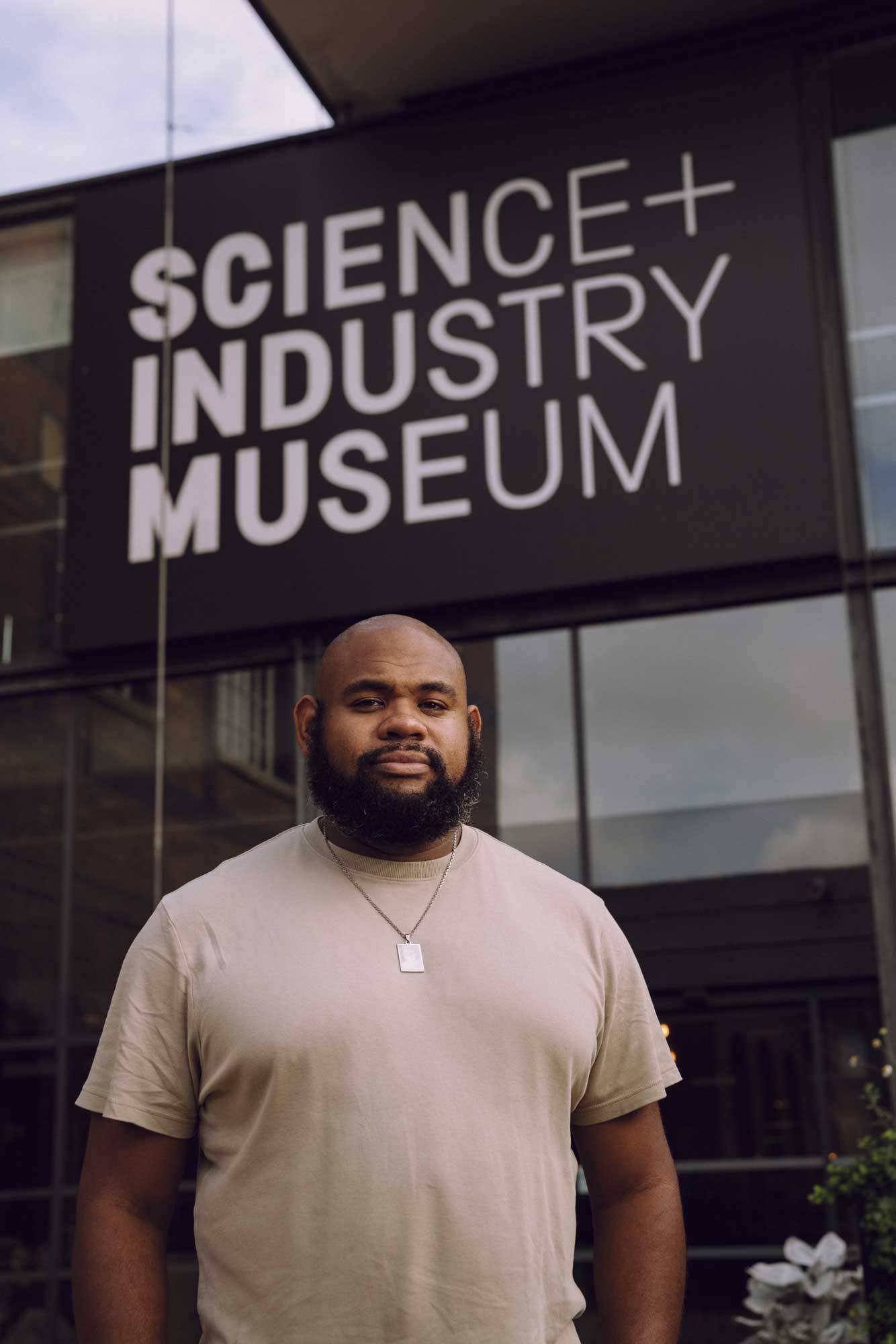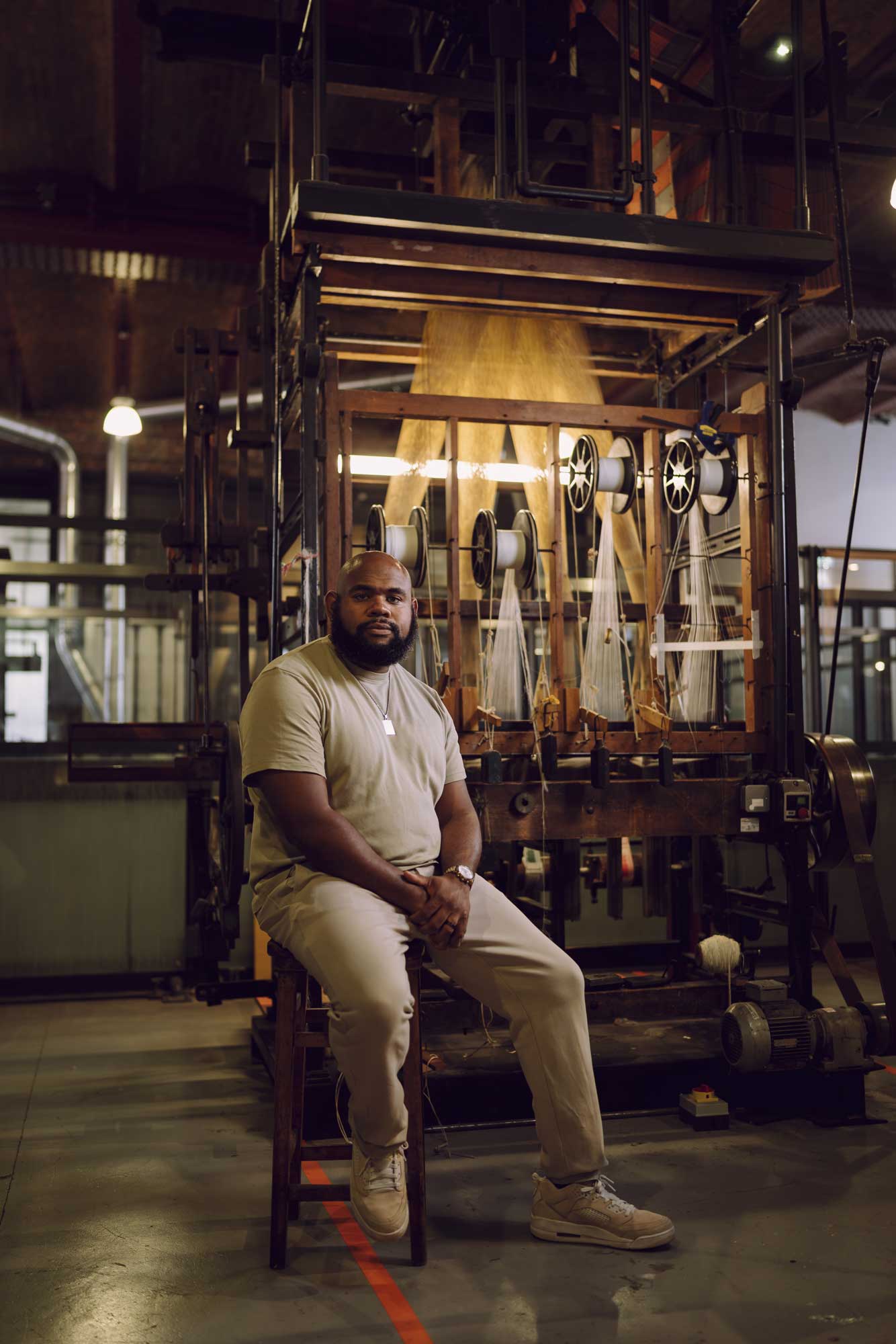
What do you hope the main outcomes of the exhibition and wider project are?
The story of Manchester carries great local, national and international significance and so I feel that it is important that those of us who love Manchester and call it home, place value on telling its story in full. I hope that the exhibition proves to be a catalyst for Manchester, as a city, to reflect on its shared history in a more expansive way than before. As a museum of science, I also hope that the exhibition expands public awareness of how enslaved and indigenous people contributed to the development of scientific knowledge. It’s important that we humanise the enslaved as technologists and innovators and not just labourers.
The exhibition and the wider work around it, including the learning programme, gives the Science and Industry Museum and its partners the opportunity to contextualise the ways in which Manchester, as the world’s first industrial city, was shaped by transatlantic slavery.
I’m excited that alongside our Collaborators Circle, our group of expert voices who represent people from African, Caribbean and Black British heritages, we will ensure that the exhibition is powerful, relevant and community centred. Through an extended period of engagement in workshops and meetings, our collaborators will help to co-produce, commission and consult on key content for inclusion in the exhibition.
As a team, we’re anticipating that the project will enthuse us to create some amazing content for visitors to interact with and will provide the spark for transformative educational activities for school and community groups, too.
What has struck you so far from any of the early research and emerging themes?
There is quite literally a library of research that we are drawing on to shape the content and themes of the exhibition. We’ve connected with some exceptional subject area specialists, too, and they have offered valuable insight.
The emerging themes that are capturing my imagination so far are around the historic presence of people of the African diaspora in Manchester. It’s interesting to connect with this research because all my life I’ve been surrounded by the contemporary legacies of amazing Black people in Manchester, but to connect with the stories of people going back centuries here is powerful.
I’d also say that I’m excited by the research which is bringing into focus the more contemporary legacies of transatlantic slavery. I’m inspired by work done by the African diaspora in our city to create a better, safer and more equitable society for us and I know the exhibition will give us—those who benefited from their tireless efforts—the chance to pay homage to their collective sacrifice.

What part of the development process are you looking forward to the most?
I am really looking forward to refining our content narrative. There are so many powerful and insightful stories that the Curatorial team have discovered, each of which provide new ways for us to understand our city. The fun (and challenging!) part for me is the process of sifting through the research and working together to create the narrative for the exhibition. Care, sensitivity and centring the lives of the enslaved sits at the heart of this next stage.
I’m also looking forward to deepening our work with the Collaborators Circle. We know how important it is to have community voice at the heart of curatorial decisions and are working alongside our Collaborators Circle to ensure that Manchester and its communities feel a sense of ownership over the work that we present.
I’m curious to see how, working together, we approach the challenge of remembering the enslaved, commemorating their stories and making clear the links to the lived contemporary experiences of Black communities in Manchester.
What does this project mean to you on a personal level?
I feel a deep sense of pride at having been given the opportunity to work on this project. As a staunch Mancunian who is passionate about telling the story of our city, it’s vital that we tell all chapters of the story. Yes, Manchester was the world’s first industrial city. Yes, the Industrial Revolution was shaped by the city’s active involvement in the enslavement of people of the African diaspora. These two things are true at the same time, and this exhibition presents us with the opportunity to own these truths side-by-side in speaking about who we are as a city. It is not often that we get to speak to the world in this way and so I’ll be doing all that I can to make sure that we make the story honest and beautiful.
On a more personal level, I feel genuinely blessed to be in the position to care for the stories of the communities I am a part of and to play a role in presenting these to the world. I’m reminded that my paternal grandmother was born just three generations apart from transatlantic slavery, in Clarendon, Jamaica and so there is quite a proximity to this history that is very present in my life.
I remember learning about the slave trade in school and believing that it was something that happened somewhere else in a different time. Learning through the Revealing Histories project in 2007 that I was wrong, was quite life-changing for me in understanding who I am as a Black Mancunian. As someone with a background of working in education, the educational offer that will be developed alongside the exhibition gives us the chance as a museum to recontextualise what all of this can mean for the next generation of young thinkers.
A major free exhibition revealing the links between Manchester, cotton and transatlantic slavery will open at the Science and Industry Museum in 2027, in partnership with the Guardian and the Scott Trust Legacies of Enslavement programme.
Developed with African descendant and diaspora communities through local and global collaborations, the project will put the city’s historic connections to enslavement at the heart of a major exhibition at the museum for the first time.
The project will have a collaborative, city-wide events programme and a lasting legacy, with a new permanent schools programme and permanent displays in the future.